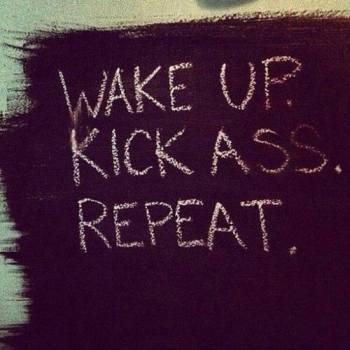 | « Back to article | Print this article |

It is a well known fact that physical activity and exercise can help you stay healthy, energetic and independent as one gets older.
Meena Vivekanand of Fitness One shares a few simple ways to ensure you stay active and healthy:
Cardio exercises -- endurance for all ages:
Strength Training
Helps prevent loss of bone mass, builds muscle, and improves balance: both important in staying active and avoiding falls.
Improving your bone mass content becomes increasingly important as we get on in years. Simple exercises can be done with the help of a trainer at your local gym with free weights or elastic bands. Strength training is also important to tone muscles and aids balance. You will be able to do simple tasks such as opening a jar, lifting your own luggage with more ease and efficiency.
Flexibility
Helps the body stay supple and increases your range of movement for ordinary physical activities such as looking behind while driving, tying your shoes, shampooing your hair, and playing with your grandchildren.
More importantly, flexibility is vital to avoid all those aches and pains that seem inevitable. Give yourself simple tasks to try to touch your feet, for example. Use the help of your personal trainer to support while you perform these actions so that the body’s joints move freely through a full range of motion. This can be done through stationary stretches and stretches that involve movement to keep your muscles and joints supple so they are less prone to injury. Yoga is an excellent means of improving flexibility.
Balance
We don’t much think about how important balance is until we face a situation where we face a fall, sadly. Balance is something that we need to train ourselves about. Right posture, a straight back while eating, relaxing, sleeping etc are very important. If you feel you need more guidance on this, you could ask the physiotherapist at the gym who will emphasise the importance of posture; this reduces the fear and the risk of falling. Typically gyms offer good advice on rectifying posture as well as corrective exercise programmes.
Yoga and Zumba
These combine a series of poses with breathing. Moving through the poses encourages a focus on strength, flexibility and balance. Yoga can be adapted to any level. Tai-Chi is a martial arts-inspired system of movement that increases balance and strength. Classes for seniors are often available at your local gym or community centre. Needless to say, Zumba is a highly popular form of dancercise that everyone can enjoy. Group classes are highly popular for all age categories as studies have indicated group classes ensures that everyone stays motivated to participate.
Walking
This is a perfect way to begin your exercise regimen. It requires no special equipment, aside from a pair of comfortable walking shoes, and can be done anywhere.
Stay grounded
While doing floor exercises, there are two things to keep in mind -- to include a variety of exercises and to keep moving. Fight the temptation to rest for longer periods of time on the floor and switch things up to target most of your major muscle groups. Rotate between sitting and standing exercises to get the most out of your workout. Use a timer or a clock to keep you on track. The best part of floor exercises is that everyone can do them at a time convenient for them.
If we choose to stay inactive, all the things you’ve always enjoyed doing and taken for granted may start to become that little bit harder. We may struggle to pursue simple pleasures, such as playing with the grandchildren, walking to the shops, leisure activities and meeting up with friends.
We must emphasise the importance of staying active across all ages. Just remember that mixing different types of exercise helps both reduce monotony and improve your overall health for all ages.
Here are few basic exercises that everyone can follow in order to prolong their healthy habits:
Photograph: Arya Ziai/Creative Commons